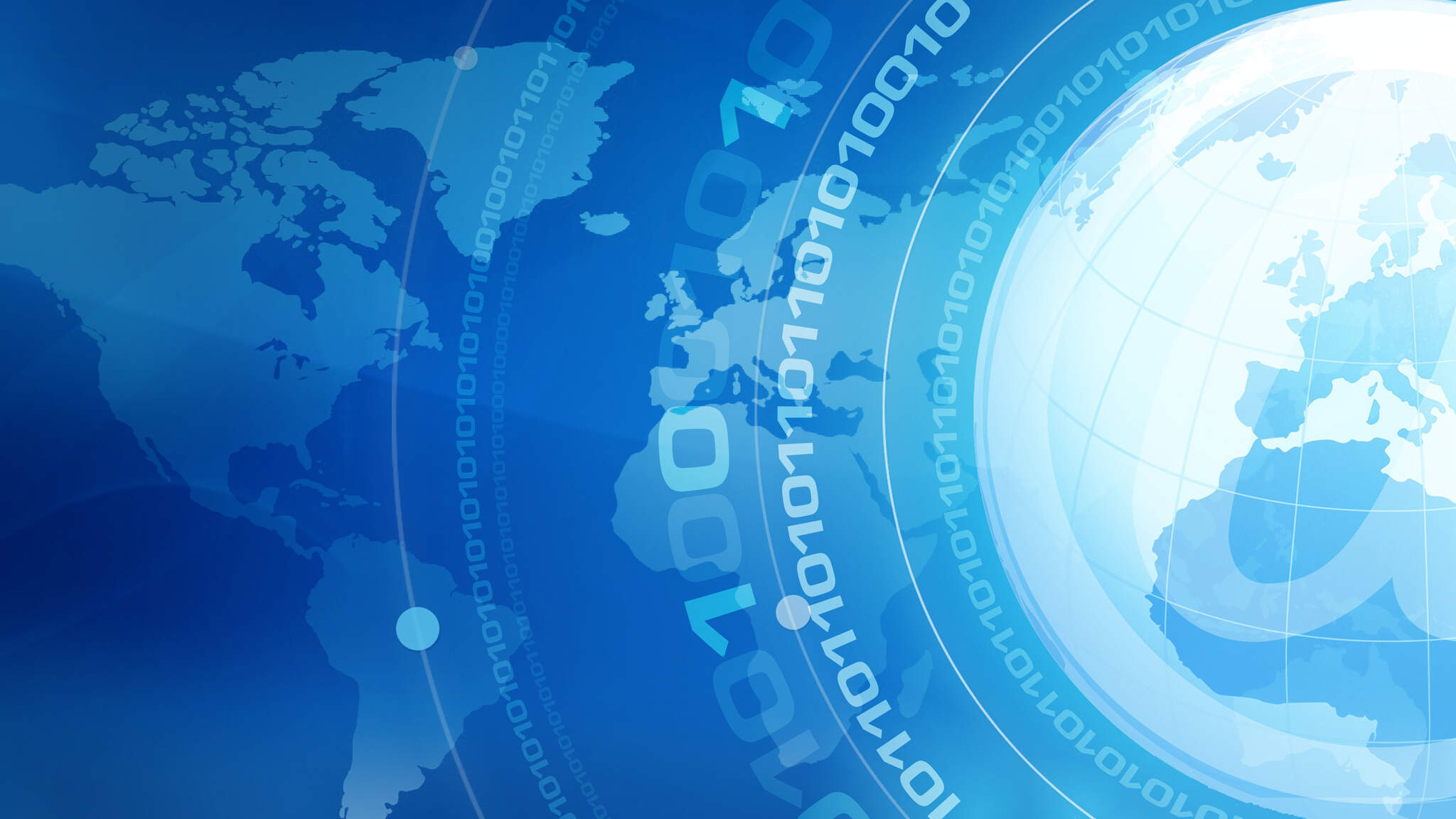Two-dimensional codes – A look at future technologies
What are two-dimensional codes actually about? And what benefits do these codes offer specifically for logistics?

Where the classic barcode once dominated, logistics is now increasingly moving toward two-dimensional codes. These offer promising application potential that goes far beyond pure identification functions.
Inspired by Morse code, in 1949 American IT student Norman Joseph Woodland sketched out his first barcode idea in the form of vertical lines in soft sand at the beach. At that time, no one had any idea that three decades later, this barcode in all its variations would have such a decisive impact on work processes in trade, industry, and logistics. The GS1-128 barcode (formerly called EAN 128) and the 18-digit SSCC barcode encoded in it have been used since the mid-1990s to manage processes in logistics and at Dachser. It is a technology that remains highly efficient and suitable for practical use.
In addition to the one-dimensional bar codes, however, their relatives—the two-dimensional codes—also set out on a path to transform logistics. The best known 2D code is the QR code. Invented in Japan in the mid-90s, the then pioneering technology was dubbed “QR” for “quick response.” Today, everybody has seen the square pixel field with the characteristic three position squares fixed in the corners. This is because QR codes can easily be read via smartphone camera technology—a major advantage over barcodes, which are generally easier to capture with laser scanners. Since there are now more than three billion smartphones in the world, almost half the world’s population has the basic technical means to use the two-dimensional pixel field. The QR code is therefore a globally available standard that is also found in, for example, current GS1 industry standards or those of the German Association of the Automotive Industry (VDA).
Interesting applications for logistics
Modern image analysis makes it possible to capture and read several QR codes simultaneously and in motion. This opens up interesting applications involving stationary cameras in warehouses and factory halls, or mobile cameras attached to, for example, drones or autonomous vehicles.
Another advantage QR codes offer is that one of them can encrypt up to 4,296 alphanumeric characters—over a hundred times as many as a 1D code of comparable size. One bit is represented as a white or black pixel (also called a module). Internet links can also be stored in this way—all smartphone users have to do is scan the QR code to go directly to a website.
Besides the QR code so common to everyday life, logistics makes use of other 2D codes: primarily the Data Matrix code (which usually has four quadrants) and the Aztec code (with a position square in the middle). These codes offer other properties for certain use cases.
All in all, 2D codes enable a wide range of applications in logistics that now go beyond the mere identification and storage of data. Using 2D codes and optical image recognition, shipments can be located in buildings and tracked in real time. Autonomous vehicles in the warehouse draw on them for navigation, and the technology also makes it quick and easy to measure packages. In addition, 2D codes play an increasingly important role in the digitization of paper documents.
As was once the case with the barcode, the enormous potential of the 2D code is becoming apparent only several decades after its invention. More and more innovations are now emerging from the former future technology.
